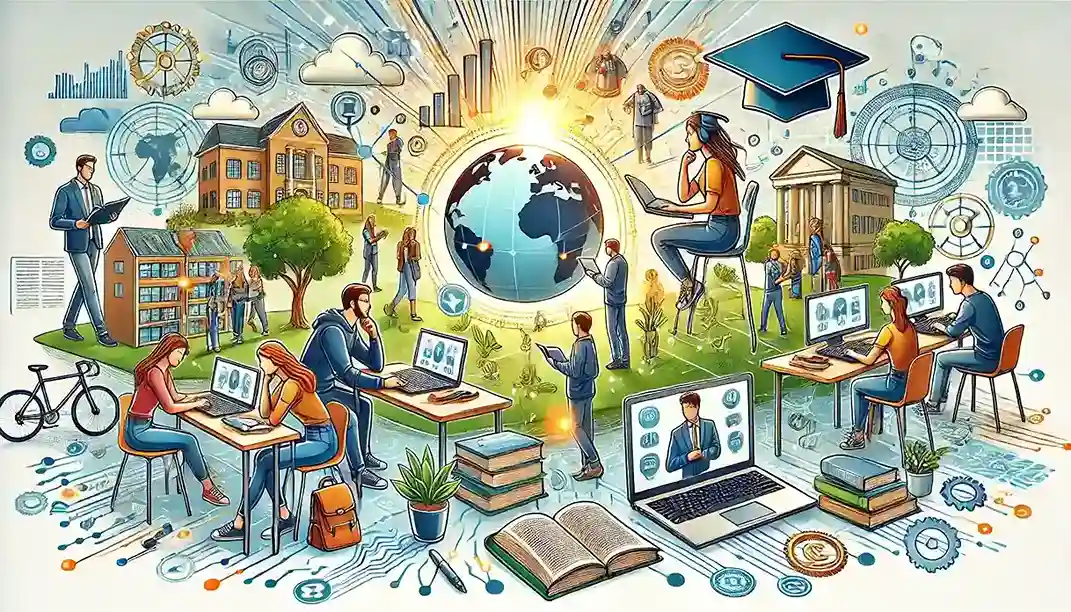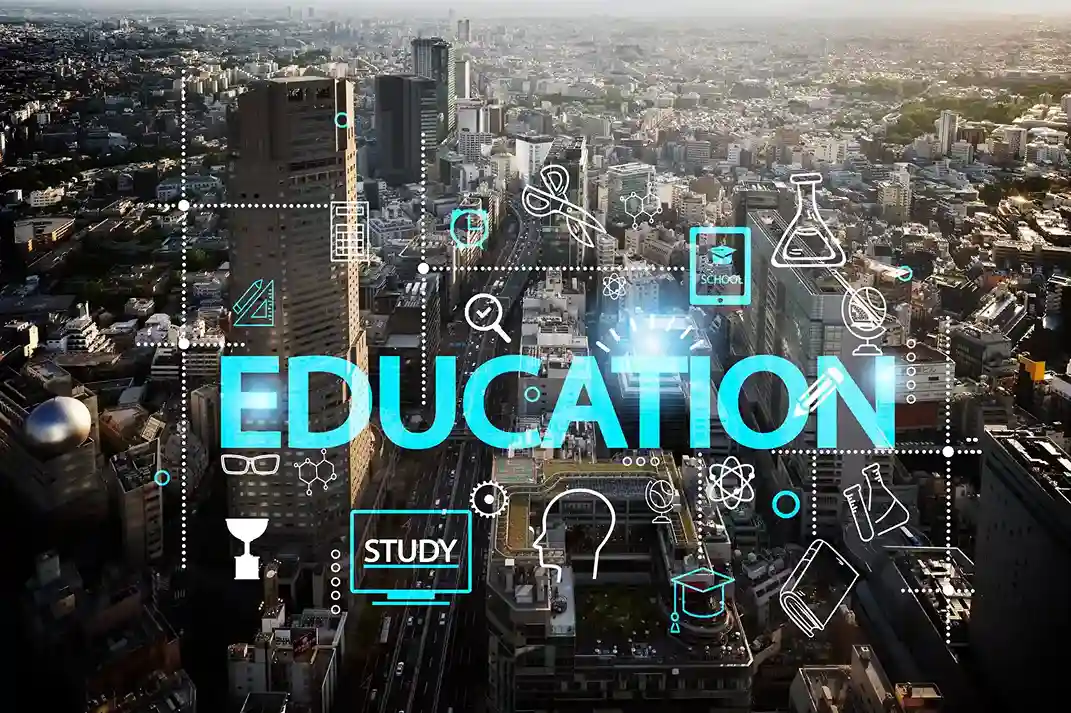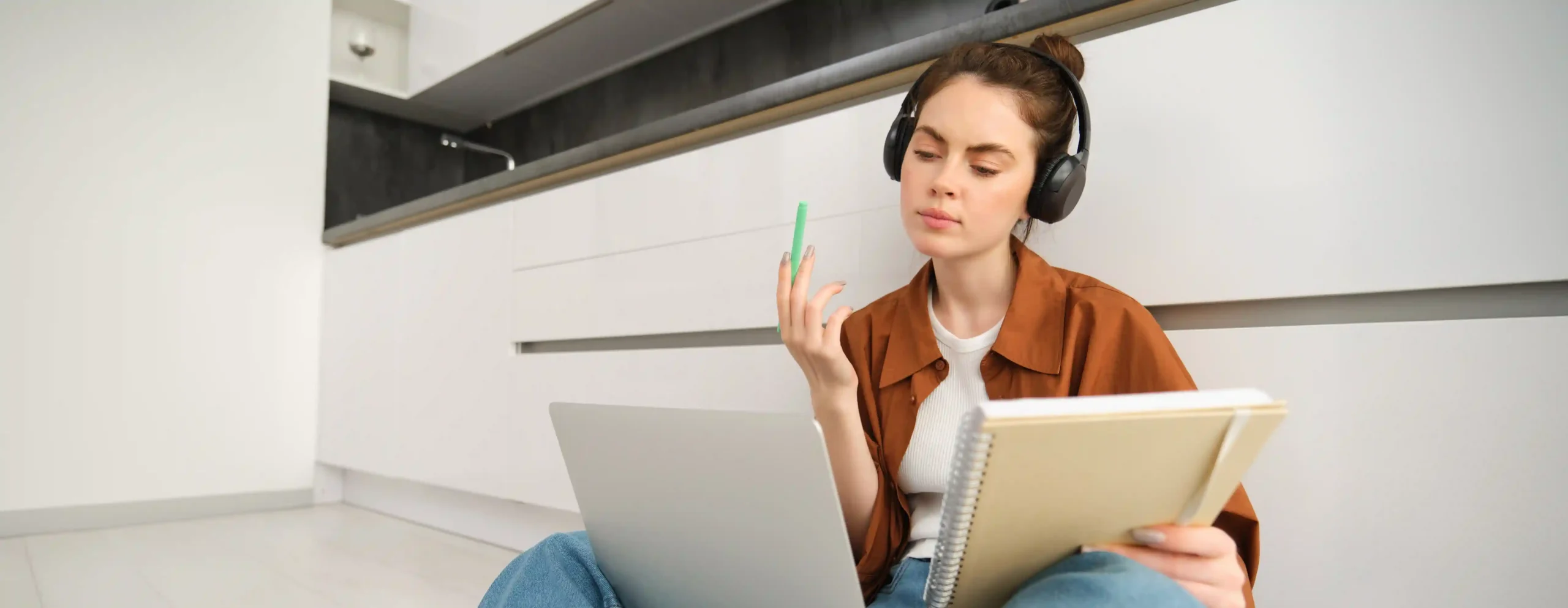Can scrolling through your favorite social media feed help you to learn better? It might sound strange, but it’s true! In today’s digital age, platforms like Facebook, Twitter, and Instagram are more than just places for selfies and memes; they are transforming distance education. Imagine attending lectures via live streams, joining study groups on WhatsApp, or discussing assignments with classmates from around the globe on a Facebook page. Welcome to a new era of learning. Let’s dive in and explore the exciting role social media plays in the landscape of distance learning.
Improvement of Collaboration and Communication
One of the key advantages of social media in distance education is the progression of communication and collaboration. Scholars and preceptors can interact seamlessly, prostrating the walls of geographical distance.
-
Instant messaging and Discussion Groups:
Social media platforms like Facebook, WhatsApp, and Slack enable instant communication, making it easier for scholars to ask questions and participate in discussions.
-
Collaborative Projects:
Tools like Google Docs and Trello empower students to collaborate on projects in real time, promoting cooperation and collaboration skills.
Fostering a Learning Community
Traditional distance education often lacks a sense of community. Social media helps address this issue by fostering a vibrant community and making learning more engaging and enjoyable.
-
Support Networks:
Online forums and Facebook groups create spaces where students can exchange experiences, seek guidance, and support one another.
-
Virtual Study Groups:
Tools like Zoom and Skype enable students to form study groups, promoting peer learning and collaboration.
Access to Diverse Resources
Social media has completely changed the way we consume information, and education is no exception. It provides a vast landscape of learning opportunities that can complement traditional education.
-
Educational Videos and Resources:
Platforms like YouTube offer a wide range of videos covering almost any topic, from complex concepts to artistic techniques, catering to various learning styles and interests.
-
Insights:
LinkedIn and Twitter have become hubs for professionals to share their experiences. Students can connect with industry leaders, follow discussions, and gain insights into real-world applications.
Flexibility and Convenience
Incorporating social media into distance education offers unparalleled flexibility and ease, helping students balance their studies with other responsibilities.
-
Study Anytime:
Social media platforms give you control over your study schedule. Whether you prefer studying at night or in the morning, social media tools and resources are available 24/7.
-
Learn Anywhere:
With a device and internet connection, social media lets you access educational content and engage in discussions irrespective of their location.
Enhancing Engagement and Motivation
Social media helps to boost student’s engagement and motivation by making learning more enjoyable and exciting.
-
Interactive Learning:
Imagine learning by playing games or answering questions on your phone. Social media offers innovative ways to learn on platforms like Instagram and Twitter.
-
Gamification:
Platforms like Kahoot and Duolingo use gamified elements that encourage students to engage with learning materials daily.
Professional Networking
Social media isn’t just for fun; it’s also a powerful tool for advancing your career.
-
Meet New People:
Platforms like LinkedIn are great for building professional networks. It’s a digital resume where you can showcase your skills and expertise, and find job opportunities or internships.
-
Online Communities:
Joining groups and forums where professionals in your field share ideas can help you connect with others, learn new things, and find mentors.
Facilitating Feedback And Assessment
Social media plays a significant role in providing feedback and assessment. It’s the best tool for both scholars and instructors.
-
Gathering Feedback:
Instructors can use tools like SurveyMonkey and Google Forms to gather feedback about their classes quickly. It enables learners to understand what’s working and what’s not working.
-
Providing Timely Feedback :
Social media platforms enable educators to give instant feedback on student’s; queries and assignments, facilitating continuous improvement.
Overcoming Isolation
One of the drawbacks of distance education is that students may develop feelings of disconnection. Social media bridges this gap by providing platforms for social interaction and support.
-
Community Building:
Platforms like Zoom and Facebook Live enable students to participate in virtual events and activities, creating a sense of belonging among students.
-
Peer Support:
Connecting with classmates on social media offers emotional and academic support and is essential for staying motivated.
Conclusion
Social media has drastically changed the way we learn from a distance. It made it much easier to communicate with teachers and classmates, even if we lived apart. We can find helpful learning materials online and work on our studies whenever and wherever we want. Social media also helps us feel connected to other students and teachers, which is crucial when learning independently. It’s like having a big study group where everyone can share ideas and support each other.
Overall, social media has made learning from home more fun and effective. It’s helping to create a future where everyone has a chance to learn and grow, irrespective of their location. To know more about different courses available in distance education, contact us today only.









